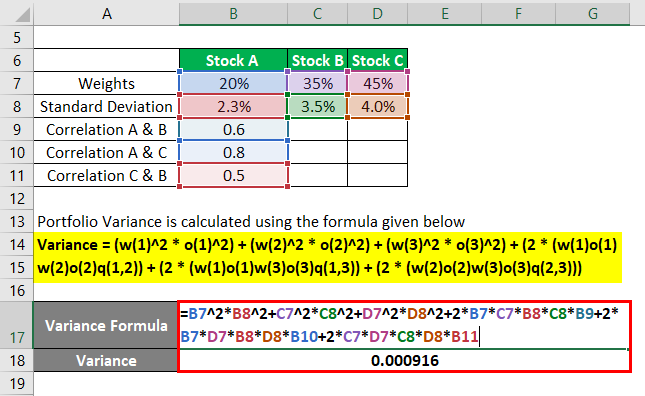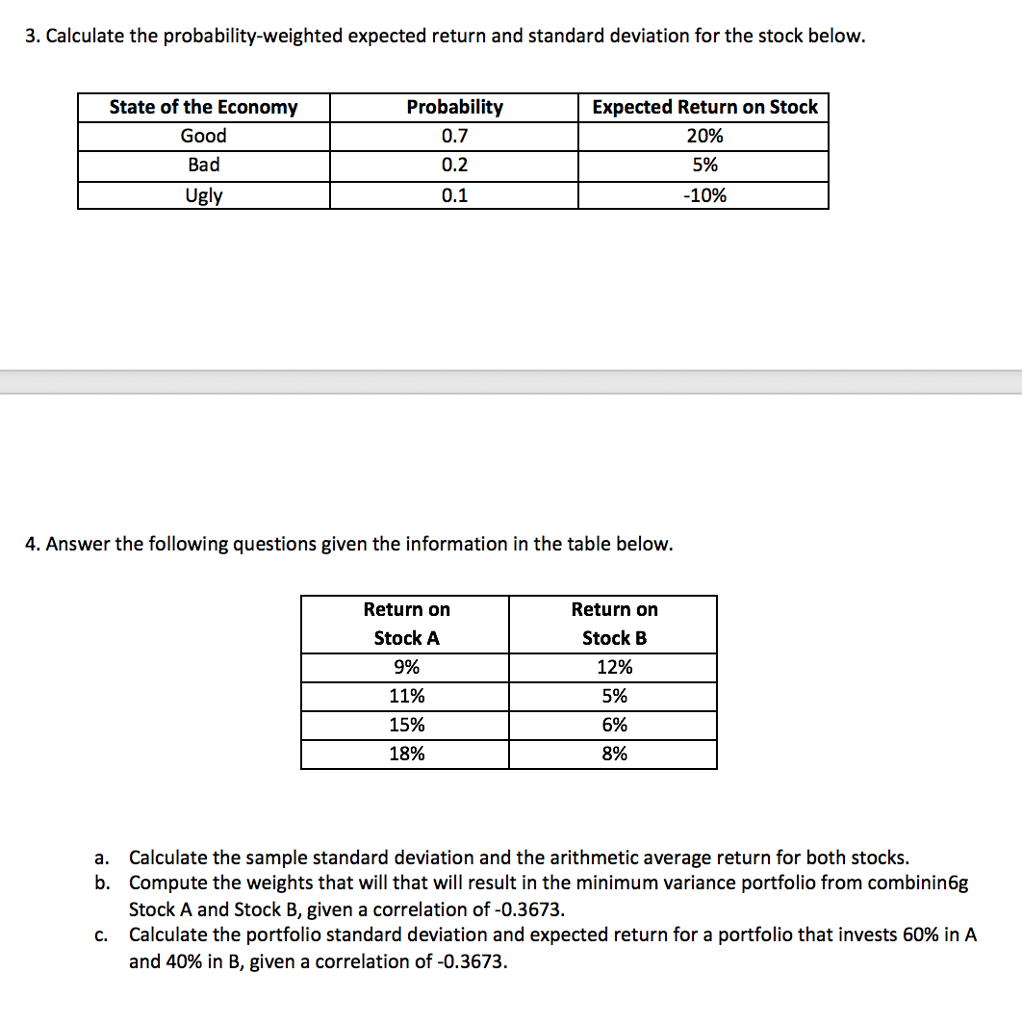
Total risk is not relevant for an investor who holds a diversified portfolio. + (residual) variance attributable to firm-specific factors (15)

Total risk = variance attributable to macroeconomic factors The choice of the portfolio will depend on the investor’s risk-return preference. Portfolios B and C are efficient portfolios-portfolio B has low risk and low return, while portfolio C has high risk and high return. Similarly, portfolio C has higher return than portfolio Q with same amount of risk. For example, portfolio Q has same return as portfolio B but it has higher risk. All other portfolios, which lie outside the efficient frontier, are inefficient portfolios. All portfolios on the efficient frontier are efficient portfolios since higher risk obtains higher returns. In Figure 6.1, the curve starting from portfolio P, which is the minimum variance portfolio, and extending to the portfolio R is the efficient frontier. The efficient frontier is the frontier formed the set of efficient portfolios. An efficient portfolio 2 is one that has the highest expected returns for a given level of risk. However, all portfolios may not be efficient in terms of risk-return relationship. Efficient PortfolioĪn investor can combine securities or assets to form several portfolios. Securities do have a tendency of moving together to some extent, and therefore, risk may not be totally eliminated. It may be observed in the above example that a total reduction of risk is possible if the returns of the two securities are perfectly negatively correlated, though, such a perfect negative correlation will not generally be found in practice. Thus, the expected return on portfolio will depend on the percentage of wealth invested in each asset in the portfolio. Your expected return will increase as you shift your wealth from X to Y. On the other hand, the expected return would be 8 per cent if the entire wealth were invested in Y (i.e., 1 – w = 1, since w = 0). The expected return would be 5 per cent if you invested entire wealth in X (i.e., w = 1.0). You may notice that this return is higher than what you will earn if you invested equal amounts in X and Y. We will discuss the concept of risk in greater detail in the following sections. You may also note that the expected return of X (5 per cent) is not only less than the portfolio return (6.5 per cent), but it also shows greater fluctuations. The probability of negative return is eliminated when you combine X and Y. Under the unfavourable economic condition, Y may yield a negative return of 4 per cent. But investing your entire wealth in Y is more risky.

The expected return of Y (8 per cent) is higher than the portfolio return (6.5 per cent). What is the advantage in investing your wealth in both assets X and Y when you could expect highest return of 8 per cent investing your entire wealth in Y? When you invested your wealth equally in assets X and Y, your expected return is 6.5 per cent. This framework is referred to as the capital asset pricing model (CAPM), which we will explain in this chapter.

Further, we can extend the portfolio theory to derive a framework for valuing risky assets. This means that the mean (the expected value) and variance (or standard deviation) analysis is the foundation of the portfolio decisions. The second assumption of the portfolio theory is that the returns of assets are normally distributed. One important conclusion of the portfolio theory, as we will explain later, is that if the investors hold a well-diversified portfolio of assets, then their concern should be the expected rate of return and risk of the portfolio rather than individual assets and the contribution of individual asset to the portfolio risk. This implies that investors hold well-diversified portfolios instead of investing their entire wealth in a single or a few assets and they expect high return for high risk and low return for low risk. 1 It is based on the assumption that investors are risk-averse. Portfolio theory provides a normative approach to investors to make decisions to invest their wealth in assets or securities under risk. A portfolio is a bundle or a combination of individual assets or securities.


 0 kommentar(er)
0 kommentar(er)
